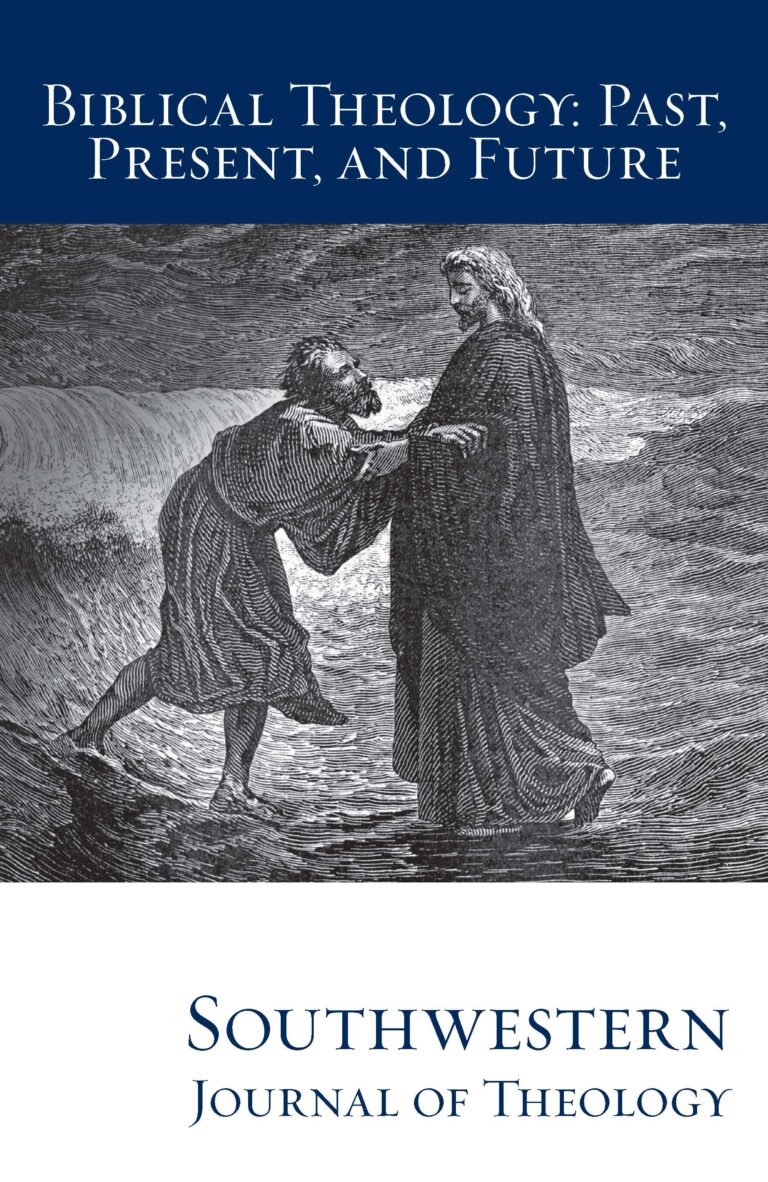
Biblical Theology: Past, Present, and Future (II)
Southwestern Journal of Theology
Volume 56, No. 1 – Fall 2013
Managing Editor: Terry L. Wilder
By Steve Moyise. Grand Rapids: Baker Academic, 2010. 151 pages. Softcover, $21.99.
Was Paul faithful to the trust of the Old Testament Scriptures with which he worked to explain Jesus Christ? Was Paul inventive in his exegesis and theological application of the Old Testament or did he serve as a descriptor of what had been communicated before? How exactly did Paul use Scripture? These questions are a few that inevitably arise from reading Paul’s corpus with an eye toward the Old Testament influences on his letters. In this brief book, Steven Moyise undertakes the task of demonstrating the varied ways in which Paul makes use of authoritative Scripture in the composition of his works. Moyise’s survey includes Paul’s use of Old Testament Scripture in the following categories: the creation stories, Abraham narratives, Moses, the Law, the Prophets, the Writings. Following the analysis of the preceding categories, Moyise provides a short survey of modern approaches to Paul’s use of Scripture.
The introduction to the book makes mention (without being detained by the discussion) of what sources would have been available to Paul, noting the prominence of the LXX as Paul’s primary source while acknowledging the place of the Hebrew text and extra-biblical sources. Moyise acknowledges the disputed status of Pauline authorship for several of the letters traditionally attributed to Paul. However, this does not hinder his discussion because he finds the majority of Old Testament references in the “undisputed” letters, thus making the authorship of the disputed letters insignificant for his study.
After unpacking Paul’s use of the creation narrative, Moyise concludes that Paul’s primary purpose was to use the Genesis narratives to support his Christological arguments in Romans 5 and 1 Corinthians 15. Following his treatment of Moses, Moyise turns his attention to Paul’s use of Abraham. The primary focus of the relationship between Paul and the Abraham narratives is that faith is the identity marker for belonging to God’s people based on the fact that God’s promise to Abraham came before circumcision. Turning from the Abraham narratives, chapter four contains Moyise’s analysis of Paul and the Law. Moyise provides an appreciative account of the New Perspective’s ability to explain in a unified way Paul’s varied statements about the Law and justification. Yet, Moyise does not seem to commit fully to the New Perspective as a thorough explanation of Paul and the Law, leaving open the option that the Old Testament contains multiple voices concerning the relationship between the Law and Gospel, which at certain points may even be competing. While Moyise is not entirely clear on the details of his position concerning Paul and the Law, it appears by his account the “covenantal nomism” of the New Perspective has the most to offer in explaining Paul’s approach to the Law.
According to Moyise, Paul’s utilizes the Prophets to make the point that the gospel is God’s extension of salvation to the Gentiles beyond the Jews. The fact that the Jews failed to believe while Paul’s ministry was successful among the Gentiles became a hermeneutical lens with which he read the texts of the Prophets. Moyise draws out three ways in which the writings of the Prophets were reapplied along these lines. First, “Paul finds references to Gentiles in texts that spoke about the restoration of rebellious Jews” (85). Second, Paul finds reference to the Jews’ current unbelief in texts that speak of Israel’s former unbelief. Third, Paul finds references to the salvation of Jews and Gentiles in texts that speak of the restoration of Israel from exile. In Moyise’s analysis of Paul’s use of the Writings, he finds the same pattern of use previously mentioned with reference to the Prophets. Specifically, Paul uses the Writings to demonstrate the inclusion of the Gentiles. The book concludes with a chapter summarizing the modern approaches to Paul’s use of Scripture. In this chapter, Moyise provides three approaches: the intertextual approach, the narrative approach, and the rhetorical approach. In summary, Moyise claims an eclectic use of the aforementioned approaches with an acknowledgment that “one’s overall view of Scripture is bound to have an effect on how one analyses Paul’s use of it” (124). Additional features include appendices which provide an index of all of Paul’s Old Testament quotations and a summary of Paul’s quotations for Isaiah.
Moyise’s concluding chapter on modern approaches to Paul’s use of Scripture illustrates the point that each approach inevitably contains its own unifying theme. When this author searches for such a theme in Moyise’s book, he arrives at the conclusion that Moyise consistently thinks Paul’s use of Scripture was functional. Under Moyise’s view, Paul held certain beliefs about Christ; therefore, he looked to the creation narratives to support his beliefs. Similarly, Paul thought his mission to the Gentiles was of such importance that he returned to the Scriptures “to find the promise that the Gentiles would be blessed in Abraham” (45). Further, Paul’s participation in the inclusion of the Gentiles through the gospel led him to find support in the Prophets and Writings by applying texts about Israel to the Gentiles.
This functional mindset may be contrasted with an account of Paul’s use of the Old Testament in which his assertions about Christ arise from the Scriptures themselves. Absent from Moyise’s functional account is consideration for how the canonical content of the Old Testament may have produced Paul’s interpretations of those Scriptures. Similarly, Moyise does not appear to acknowledge that Paul’s authoritative Christological hermeneutic may have been a product of his reading of Scripture which in turn produced his functional hermeneutic. Despite these points which note a limitation in the scope of Moyise’s approach, Paul and Scripture provides a useful introduction to a modern approach to Paul’s use of the Old Testament.





